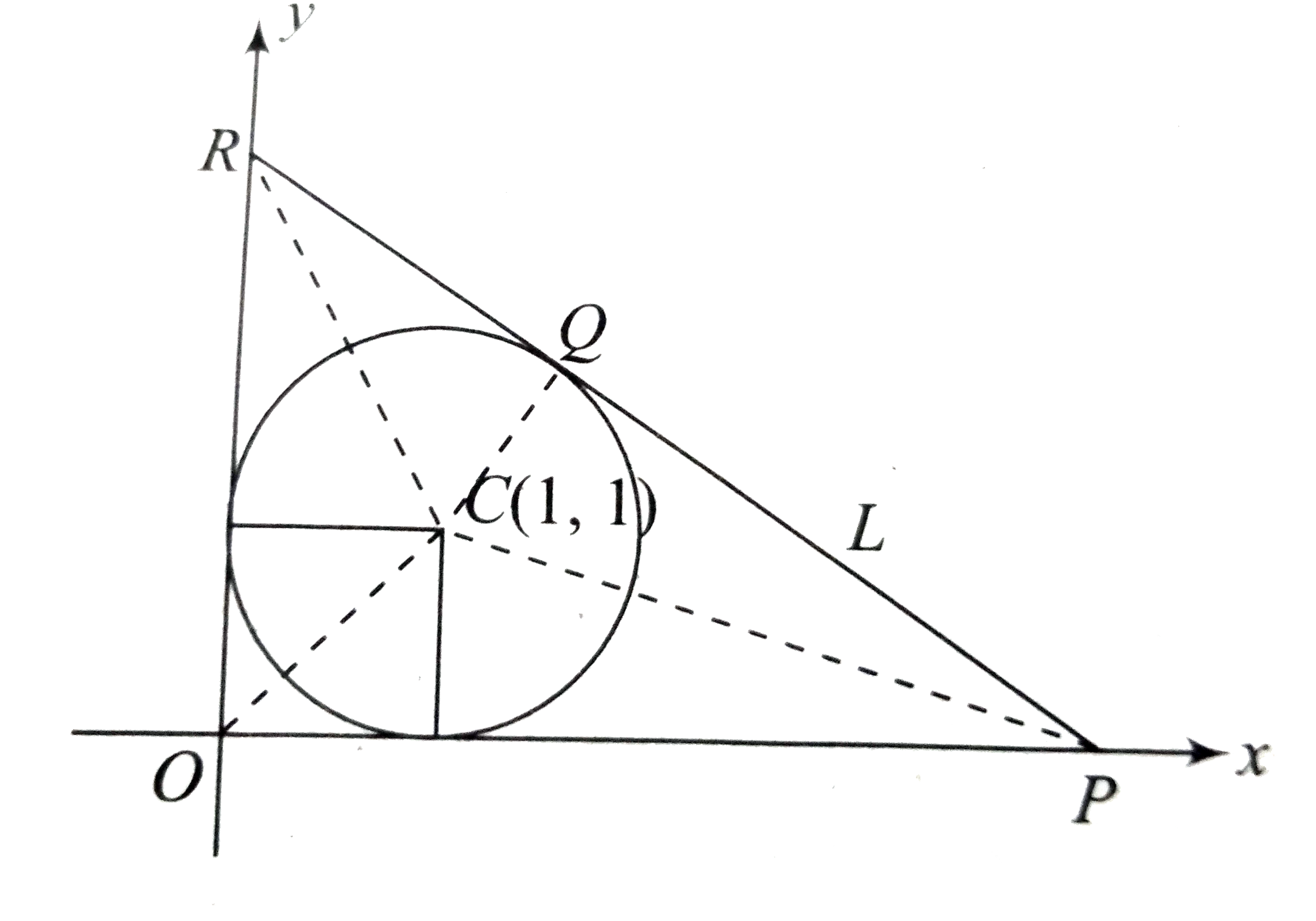Consider the equation az+b¯z+c=0, where a,b,c ∈Z
If |a|=|b|and¯ac≠b¯c, then z has
infnite solutions
no solutions
finite solutions
cannot say anything
The correct Answer is:B
az+b¯z+c=0 (1)
or ¯a¯z+¯az+¯c=0 (2)
Eliminating ¯z form (1) and (2) we, get
z=c¯a−b¯c|b|2−|a|2
If |a|≠|b|, then z represents one point on the Argand Plane. If
|a|=|b|and¯ac≠b¯c, then no such z exists. Adding (1) and (2),
(¯a+b)¯z+(a+¯b)z+(c+¯c)=0
This is of the form A¯z+A¯z+B=0 Where B=c+¯c is real.
Hence, locus of is a straight line.
Topper's Solved these Questions
- COMPLEX NUMBERSBOOK - CENGAGE PUBLICATIONCHAPTER - COMPLEX NUMBERSEXERCISE - MATRIX MATCH TYPE
9 Videos
- COMPLEX NUMBERSBOOK - CENGAGE PUBLICATIONCHAPTER - COMPLEX NUMBERSEXERCISE - NUMERICAL VALUE TYPES
33 Videos
- COMPLEX NUMBERSBOOK - CENGAGE PUBLICATIONCHAPTER - COMPLEX NUMBERSEXERCISE - MULTIPLE CORRECT ANSWERS TYPE
49 Videos
- CIRCLESBOOK - CENGAGE PUBLICATIONCHAPTER - CIRCLESEXERCISE - Comprehension Type
8 Videos
- CONIC SECTIONSBOOK - CENGAGE PUBLICATIONCHAPTER - CONIC SECTIONSEXERCISE - All Questions
102 Videos
Similar Questions
Express the following complex number in polar form(reiθ):1+i√3
View SolutionWrite the following in z=a+ib form: z=13−2i
View SolutionIf z=ω,ω2whereω is a non-real complex cube root of unity, are two vertices of an equilateral triangle in the Argand plane, then the third vertex may be represented by z=1 b. z=0 c. z=−2 d. z=−1
View Solution
In the diagram as shown, a circle is drawn with centre C(1,1) and radius 1 and a line L. The line L is tangent to the circle at Q. Further L meets the y-axis at R and the x-axis at P in such a way that the angle OPQ equals θ where 0<θ<π2.
Coordinate of Q is
View SolutionGiven that A(1,1) and B(2,−3) are two points and D is a point on AB produced such that AD=3AB. Find the coordinates of D.
View Solutionx+ay+az=0,x+by+b^(2)z=0,x+cy+c^(2)z=0,a!=b!=c then given system of equations
View SolutionIf z= x+iy, "then show that " z barz + 2(z + barz) +b = 0, where b ∈R,"respresents a circle".
View SolutionLet ¯z+b¯z=c,b≠0 be a line in the complex plane where ¯b
View SolutionConsider the equation az+¯¯¯¯bz+c=0, where a,b,c ∈Z
If |a|≠|b|, then z represents
View SolutionConsider the equation az+¯¯¯¯bz+c=0, where a,b,c ∈Z
If |a|=|b|and¯ac≠b¯c, then z has
View SolutionConsider the equation az+¯¯¯¯bz+c=0, where a,b,c ∈Z
If |a|=|b|≠0andaz+b¯c+c=0 represents
View Solutionयदि |a|=|b|≠0 तथा ¯ac=ar(c) हों, तो az+ar(z)+c=0 निरूपित करेगा
View SolutionConsider the equation az+b¯z+c=0 where a,b,c∈Z
If |a|≠|b|, then z represents
View SolutionConsider the equation az+b¯z+c=0 where a,b,c∈Z
If |a|=|b|and¯¯¯¯ac≠¯¯¯bc, then z has
View SolutionConsider the equation az+¯¯¯¯bz+c=0 where a,b,c∈Z
If |a|=|b|≠0and¯ac=¯bc,then az+b¯z+c=0 represents
View SolutionIf the system of equation
(b+c)x+ay+a2z=0,
(c+a)x+by+b2z=0,
(a+b)x+cy+c2z=0
has a non trivial solution and a≠b≠c prove that a+b+c=0
View Solution

